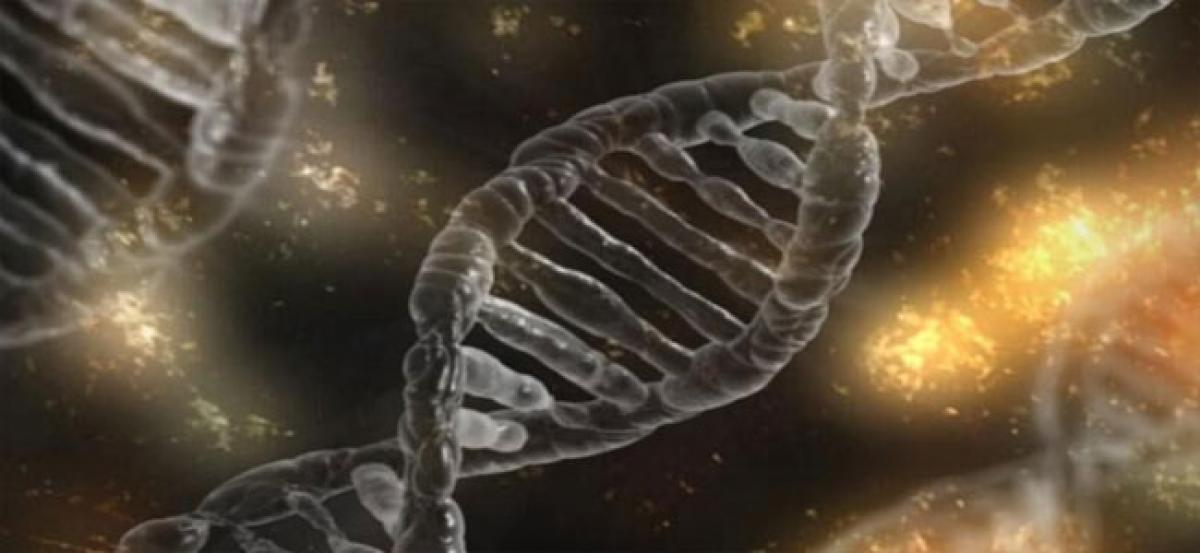Live
- Education Minister doesn’t know Kannada
- MSMEs churn 10-cr jobs in 15 months
- Tammineni busy consulting followers
- Manoj Kumar Sahoo new DRM of Waltair Division
- Career aspirants encouraged to stay focused on their goals
- Need for skills in pharmacy stressed
- Free entry to Visakha Museum on November 24
- Steel industry key to India’s economic growth: HDK
- Students in slums face accessibility challenges
- Early AI adoption saving Indians 2 hrs a day
Just In
AI network made of DNA can identify ‘molecular handwriting’


Scientists have developed a neural network using DNA, which can correctly identify numbers encoded in molecules using machine learning, an advance that may pave the way for biological machines with artificial intelligence
Washington : Scientists have developed a neural network using DNA, which can correctly identify numbers encoded in molecules using machine learning, an advance that may pave the way for biological machines with artificial intelligence.
Artificial neural networks are mathematical models inspired by the human brain. Despite being much simplified compared to their biological counterparts, artificial neural networks function like networks of neurons and are capable of processing complex information.
The ultimate goal for this work is to programme intelligent behaviours (the ability to compute, make choices, and more) with artificial neural networks made out of DNA. "In this work, we have designed and created biochemical circuits that function like a small network of neurons to classify molecular information substantially more complex than previously possible," said Lulu Qian, assistant professor at California Institute of Technology in the US. To illustrate the capability of DNA-based neural networks, researchers chose a task that is a classic challenge for electronic artificial neural networks: recognising handwriting.
Human handwriting can vary widely, and so when a person scrutinises a scribbled sequence of numbers, the brain performs complex computational tasks in order to identify them. Artificial neural networks networks must be "taught" how to recognise numbers, account for variations in handwriting, then compare an unknown number to their so-called memories and decide the number's identity.
In the study published in the journal Nature, researchers showed that a neural network made out of carefully designed DNA sequences could carry out prescribed chemical reactions to accurately identify "molecular handwriting." Unlike visual handwriting that varies in geometrical shape, each example of molecular handwriting does not actually take the shape of a number. Instead, each molecular number is made up of 20 unique DNA strands chosen from 100 molecules, each assigned to represent an individual pixel in any 10 by 10 pattern. These DNA strands are mixed together in a test tube.
Given a particular example of molecular handwriting, the DNA neural network can classify it into up to nine categories, each representing one of the nine possible handwritten digits from 1 to 9. Researchers plan to develop artificial neural networks that can learn, forming "memories" from examples added to the test tube. This way the same smart soup can be trained to perform different tasks, Qian said.

© 2024 Hyderabad Media House Limited/The Hans India. All rights reserved. Powered by hocalwire.com






